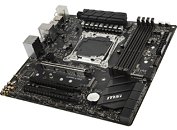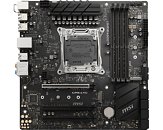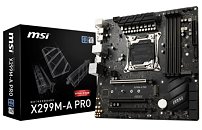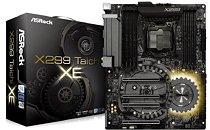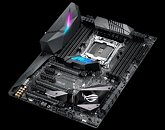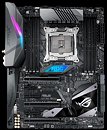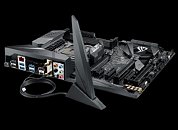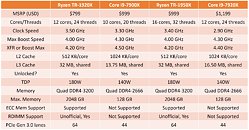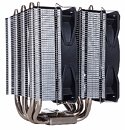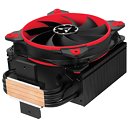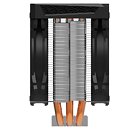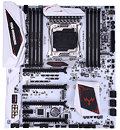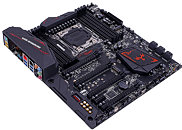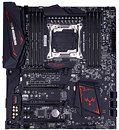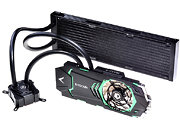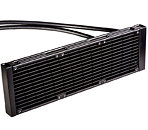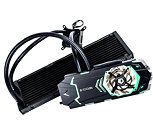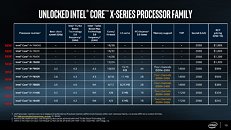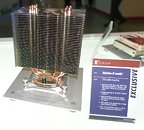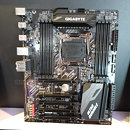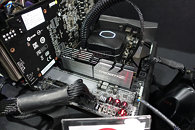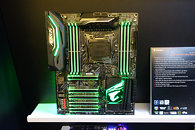Alpenföhn Unveils the Ben Nevis Advanced Black RGB CPU Cooler
Alpenföhn unveiled the Ben Nevis Advanced Black RGB CPU cooler, with market availability set for later this year. This tower-type cooler features an aluminium base from which four 6 mm-thick copper heat pipes make direct contact with the CPU to draw heat. These black heatpipes convey heat to the black aluminium fin-stack along the peripheries of the fins, while a central 8 mm-thick heat-pipe dubbed "shock killer pole" spreads heat between the fins, and dampens mechanical shocks. The signature feature of this cooler is an off-set fin-stack progression, which adds to clearance towards the memory area of your motherboard. Even with its fan installed, Alpenföhn promises clearance for the tallest DIMMs installed on the slot closest to the CPU socket.
Another key feature is its large 130 mm fan with RGB LED lighting. Four multi-color LEDs studded into the inner wall of the fan-frame projects light onto the white impeller of the fan. The fan takes in 4-pin PWM input, spins between 500 to 1,500 RPM, pushing up to 95.4 m³h of air, with a noise output ranging between 8 to 25.8 dBA. The cooler is capable of handling thermal loads of up to 150W. Measuring 130 mm x 74 mm x 159 mm (WxDxH), it weighs 630 g (including fan). The cooler supports most modern CPU socket types, including AM4, AM3(+), FM2(+), LGA2066 (up to 140W), LGA2011(v3), LGA115x, and LGA775.
Another key feature is its large 130 mm fan with RGB LED lighting. Four multi-color LEDs studded into the inner wall of the fan-frame projects light onto the white impeller of the fan. The fan takes in 4-pin PWM input, spins between 500 to 1,500 RPM, pushing up to 95.4 m³h of air, with a noise output ranging between 8 to 25.8 dBA. The cooler is capable of handling thermal loads of up to 150W. Measuring 130 mm x 74 mm x 159 mm (WxDxH), it weighs 630 g (including fan). The cooler supports most modern CPU socket types, including AM4, AM3(+), FM2(+), LGA2066 (up to 140W), LGA2011(v3), LGA115x, and LGA775.











